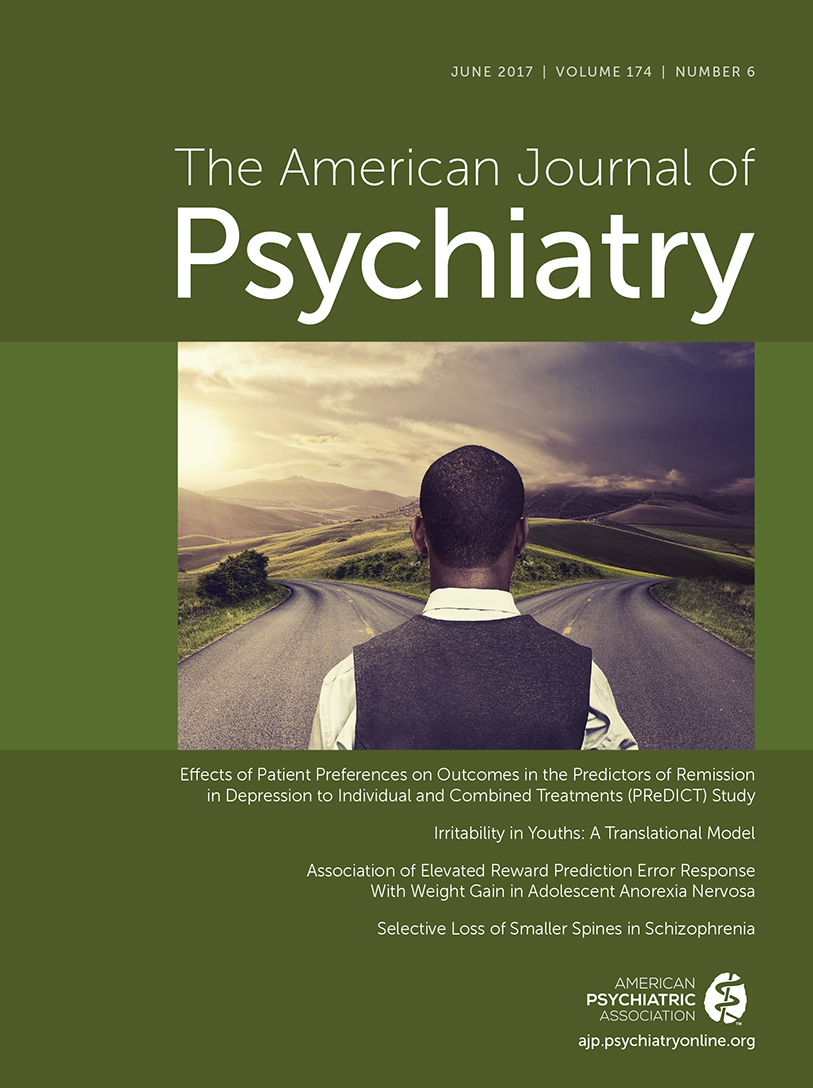Irritability in Youths: A Translational Model
Abstract
Although irritability is among the most common reasons that children and adolescents are brought for psychiatric care, there are few effective treatments. Developmentally sensitive pathophysiological models are needed to guide treatment development. In this review, the authors present a mechanistic model of irritability that integrates clinical and translational neuroscience research. Two complementary conceptualizations of pathological irritability are proposed: 1) aberrant emotional and behavioral responding to frustrative nonreward, mediated by reward-system dysfunction; and 2) aberrant approach responding to threat, mediated by threat-system dysfunction. The authors review the pathophysiological literature, including animal studies, as well as experimental psychology and clinical studies. Data suggest that, relative to healthy children, irritable children have deficient reward learning and elevated sensitivity to reward receipt and omission. These deficits are associated with dysfunction in the prefrontal cortex, striatum, and amygdala. Youths with irritability also show maladaptive orienting to, interpreting, and labeling of potential threats, associated with prefrontal cortical and amygdalar dysfunction. Abnormalities in reward and threat processing potentiate one another. Future work should test pathophysiological hypotheses and novel interventions targeting reward- and threat-related dysfunction to improve treatment for severe irritability in youths.



